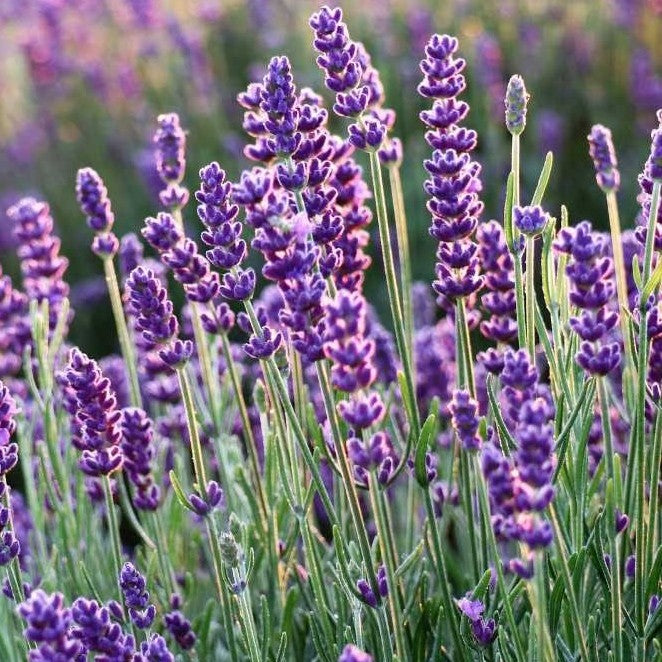Lavender True Lavender
Lavender True Lavender
Couldn't load pickup availability
Short Summary for Lavender True Lavender
Lavender True Lavender (Lavandula angustifolia) is a classic, highly aromatic herb prized for its fragrant purple flowers, soothing essential oils, and medicinal properties. This drought-tolerant, long-lived perennial thrives in sunny, well-drained locations, making it ideal for garden beds, borders, herb gardens, and containers. With its pollinator-friendly blooms and calming scent, True Lavender is perfect for cut flowers, dried arrangements, culinary use, and essential oil extraction. Its low-maintenance nature and resistance to pests make it a must-have for any home garden or landscape.
Planting Instructions for Lavender True Lavender
General Sowing Time: Start Lavender True Lavender seeds indoors 8–10 weeks before the last frost, or sow directly outdoors in late spring when soil temperatures reach 15°C–20°C.
Position: Prefers full sun for optimal growth and flowering. Choose a well-drained, sandy, or loamy soil with a neutral to slightly alkaline pH (6.5–7.5).
Suitable Space: Perfect for garden beds, borders, herb gardens, rock gardens, and containers, adding beauty, fragrance, and pollinator support.
Sow Depth: Sow seeds lightly on the surface, pressing them gently into the soil. Cover with a thin layer (1-2 mm) of soil or vermiculite.
Spacing: Space plants 30–45 cm apart to allow proper airflow and prevent fungal issues.
Height: Grows to a height of 40–60 cm, with a compact, bushy growth habit.
Germination: Seeds typically germinate within 14–21 days at a temperature of 18°C–21°C. Keep soil moist but not waterlogged during this period.
Days to Bloom / Harvest: Expect blooms 90–120 days after sowing, with peak flowering in mid-to-late summer.
Temperature: Thrives in temperatures between 15°C–30°C. Highly drought-resistant once established and can tolerate light frosts.
Watering: Water sparingly, allowing the soil to dry between waterings. Overwatering can lead to root rot.
Fertilizing: Apply a light, balanced fertilizer once in early spring to encourage healthy growth. Avoid excessive fertilizing, as it can reduce oil concentration in the flowers.
Pests/Diseases: Lavender is naturally pest-resistant, but watch for aphids and fungal diseases in humid conditions. Ensure good airflow and avoid overhead watering to reduce disease risk.
By following these Lavender True Lavender planting instructions, you’ll enjoy a long-lasting, fragrant, and versatile herb that enhances any garden, home, or wellness routine.
Share


